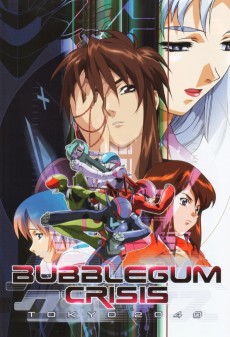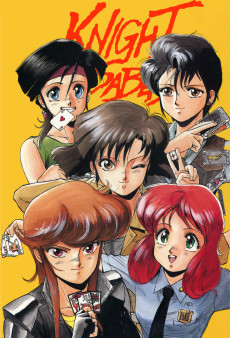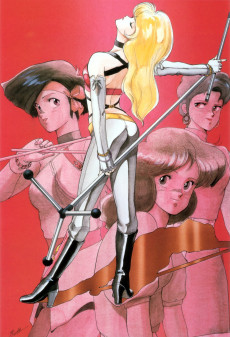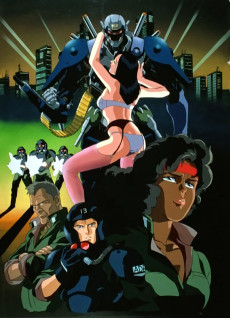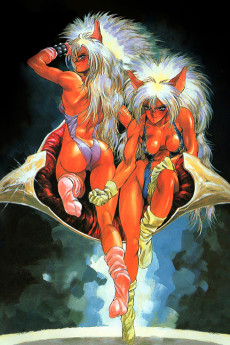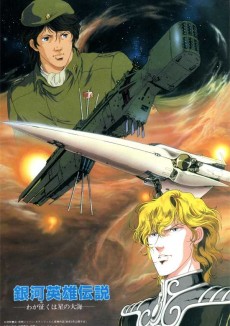BUBBLEGUM CRISIS
STATUS
COMPLETE
EPISODES
8
RELEASE
January 30, 1991
LENGTH
41 min
DESCRIPTION
In the near future, Tokyo was left flattened as a result from a great earthquake. A new city, MegaTokyo, was then recreated due in no small part from the aid of a multi-million dollar company, Genom Corp. Genom created and mass-produced biomechanical creatures called Boomers to aid in the restoration of MegaTokyo. When the Boomers began to run out of control, the ADPolice at first tried to stop them, but they proved to be far more difficult to deal with than was first imagined. Under the ever looming Boomer threat, a group of four girls from varying degrees of society banded together. Calling themselves The Knight Sabers, they were the only ones with enough firepower and resourcefulness to defend the fledgling MegaTokyo from Genom and it's berserk Boomers.
(Source: Anime News Network)
CAST
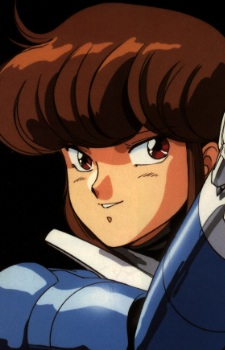
Priscilla Asagiri

Kinuko Oomori
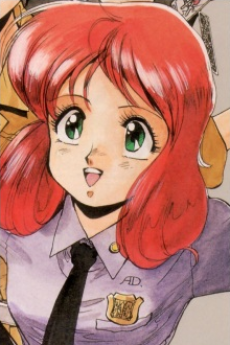
Nene Romanova

Akiko Hiramatsu
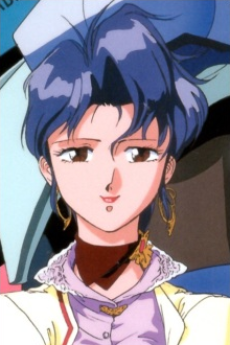
Sylia Stingray
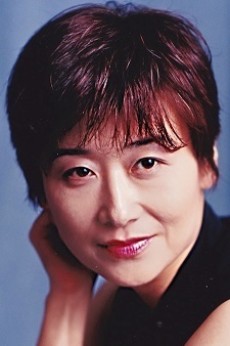
Yoshiko Sakakibara
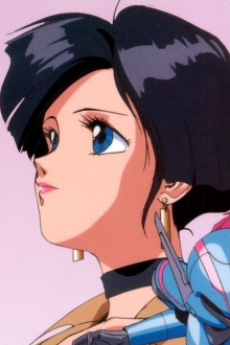
Linna Yamazaki

Michie Tomizawa
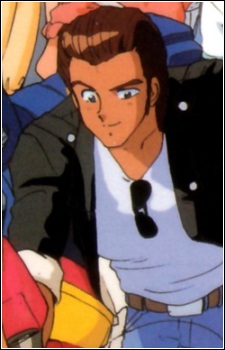
Leon McNichol
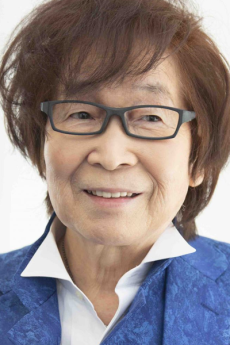
Toshio Furukawa
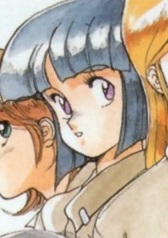
Nam

Megumi Hayashibara
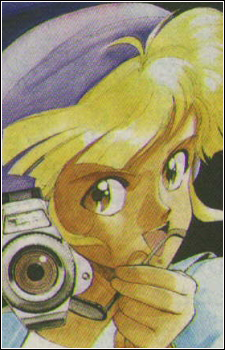
Lisa Vanetta
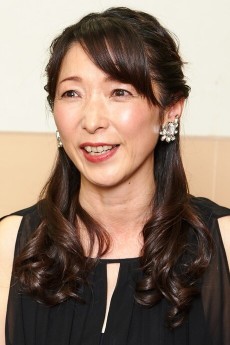
Aya Hisakawa
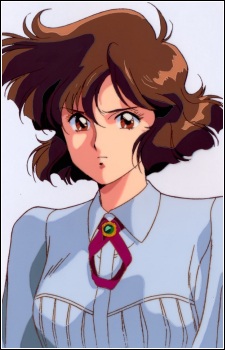
Reika Chang

Maiko Hashimoto
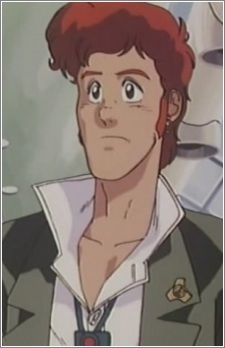
Daley Wong

Kenyuu Horiuchi
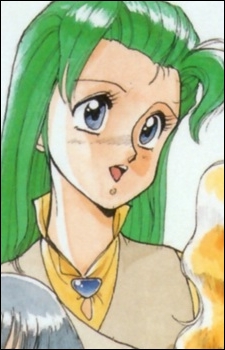
Anri

Yuuko Mizutani
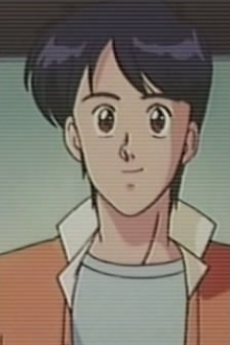
Mackie Stingray
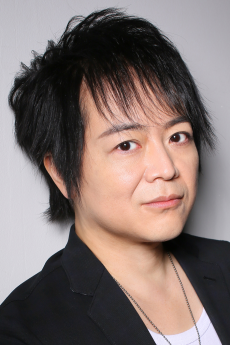
Nozomu Sasaki

Sylvie
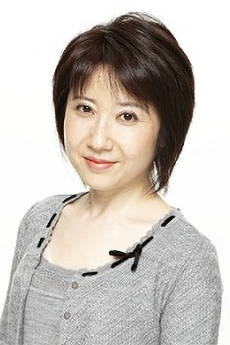
Yoshino Takamori

Largo
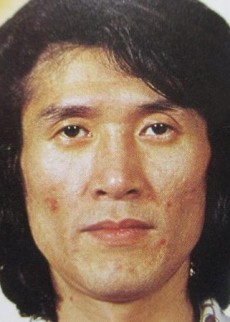
Kazuyuki Sogabe

Kaufman

Ikuya Sawaki

Dr. Raven

Kenichi Ogata

Kate

Urara Takano

Quincy Rosenkreutz

Kiyoshi Kawakubo

Naomi Anderson

Mayumi Shou

Chief Todo

Seiji Satou
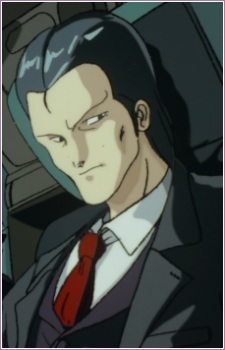
Brian J. Mason
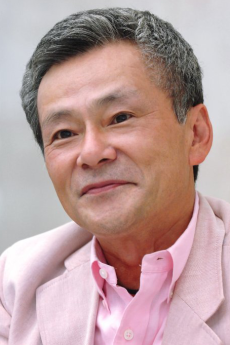
Shuuichi Ikeda

Miriam Yoshida

Issei Futamata

Flint

Shinya Ootaki

Commander Swarz

Teiji Oomiya
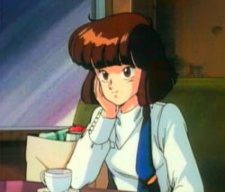
Irene Chang

Miki Itou

Naoko

Junko Asami
EPISODES
Dubbed

Not available on crunchyroll
RELATED TO BUBBLEGUM CRISIS
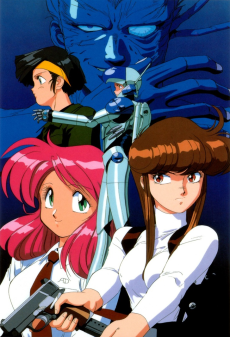 OVA ActionBubblegum Crash
OVA ActionBubblegum Crash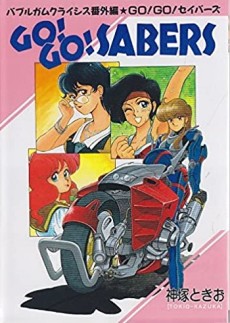 MANGA ComedyGO! GO! SABERS
MANGA ComedyGO! GO! SABERSREVIEWS

seanny
70/100The opposite of timeless. In its voracious pursuit of "cool" circa 1987, it is one of the purest sci-fi time capsules.Continue on AniListTimelessness is overrated. Every creation comes from an era of media culture, and even the most “timeless” productions can’t help but reflect contemporary trends and zeitgeist.
Bubblegum Crisis is the opposite of timeless. Its creators, voracious creatures of popular media culture, slathered a goopy concoction of everything that was hip at the time onto each animation cel. The series has no original bone in its body. Everything is a reference. It has nothing to say other than, “This is the definition of cool.” As a result, it is one of the purest anime time capsules you can watch.
BGC takes place in a true-to-genre “Megatokyo”, a turbulent east-meets-west cyberpunkian metropolis in which shadowy megacorps pull the strings. Murderous Replicants and Terminators prowl the neon-lit streets, kept in check only by a super-sentai bishoujo team and their transforming mecha-motorbikes and acrobatic power armor. Lasers and explosions dance across kaleidoscopic chrome to full-vocal 80s hard rock. It’s adolescent hyper-kitsch fit for an otaku.
What it lacks in taste, it makes up in design-work. The joy of watching BGC today is its now-retrofuture world of chunky appliance-like computers, physical media, handheld gadgetry, toy-like vehicles, colorful fashions, and range of sci-fi-appropriate architectural & interior-design styles from modern to postmodern and high-tech. When it comes to late-80s tech & design, it oozes.
As the creative personalities driving the series grow ambitious, it becomes more apparent when one is watching a Masami Ōbari episode (e.g. #6) with his obsessively detailed mecha animation, or a Satoshi Urushihara episode (#7) with his crisply rendered bishoujo. By the end, it takes another hard turn and resembles Kenichi Sonoda’s Gunsmith Cats. Such hobby-like swings in style are a reminder that passionate people made the series; they clearly loved the stuff.
The OVA’s storytelling noticeably improves with each installment. In its finale (#8), which devotes ample time to the rhythms and anxieties of the bishoujo-hero lifestyle, its previously underdeveloped protagonists begin to take on a new dimension. It’s unfortunate that it ends on that high note. (Bubblegum Crash is a poor followup.)
Bubblegum Crisis exists in a continuum of genre anime, with Akira and (Mamoru Oshii’s) Ghost in the Shell serving as its high points. But where those distilled a handful of genre concepts into profound works of pop entertainment, BGC is the raw, unrefined sludge of late-80s otaku culture. And sometimes, an otaku wants it raw.

Kuma187
90/100A mashup of genres and references that manages to be embodiment of the spirit of its eraContinue on AniListTo say that something weird happened in Japan during the 70s and the 80s is quite the litote. As the country was exposed to Western culture, it started, as it always had, taking the cool stuff, appropriating it, and putting its own spin on it, and that is also, and probably especially, the case for animation. Bubblegum Crisis is certainly one of the crystallizations of that particular concept in the way that it doesn't even try to hide its origins and even goes as far as plagiarism in order to display its love for pop culture.
Because it truly is a work that had “everything” that would please your average fan of animation and sci-fi:
- Cool mecha hardsuits belonging to the sentai genre and a particular attention given to machine designs, cool gadgets and sakuga? Check.
- A world in crisis with powerful conglomerates conspiring in the shadows for more power? Check.
- Sexy yet badass rebel heroines that will stop at nothing to fight against those evil corporations? Check.
- Neon lights, live shows and characteristic hairstyles displaying the typical retrofuture as was shown in Streets of Fire, Back to the Future and Dirty Pair? Check.
Audience discretion advised: BGC has a few ultra-violent aspects and some partial (sometimes close to full) nudity, which was, I'm sure of it, very appreciated at the time.
Made between 87 and 91, Bubblegum Crisis is also one of the best examples that one can use to talk about the “Golden Age of Japanese animation”, which I would personally judge as spanning from the second half of the 80s to the end of the first half of the 90s (aka. The collapse of the Japanese economy). It definitely shows a particular attention to image quality as far as OVA go, and offers neatly drawn, crisp character designs, beautiful colouring, detailed backgrounds and machinery, deep shading and an animation that is certainly impressive at times. It's truly a work that stood the test of time, turning its timeliness into a sort of “subdued timelessness”, and the Japanese public certainly was not used to seeing such good animation for OVA (although OVA were certainly a fairly new concept back then, which was argued to have been born after the DAICON movies, with Dallos being the first one to have been made).
The way the main characters are treated in this story feels also slightly different than usual: our heroines are sexy bishoujo, you see them at times in underwear/naked or changing, and the very suits they have are equipped with dubious high heels, yet they kick ass like heroines such as Ellen Ripley or Sarah Connor from T2 and they're certainly used in ways that go well beyond their bishoujo substance, introducing some subtext yuri into the story at the expense of our main male side character, Leon. This one is usually shoved aside, ridiculed and sometimes even outright ignored, which is a shame since his importance in the series keeps growing, becoming over time the embodiment of those allies of justice who strive to do what is right despite the corruption that plagues government institutions.
Concerning the influences, this is the part where BGC truly displays what it's made of, to the point of sometimes making one wonder if the creators were doing this truly to show their love for culture, or if they were trying to take less risks for the final product. The OVA was started with the intent of making it very close to the '84 movie Streets of Fire and this can be seen in the way the live shows are integrated in the episodes, or how the evil robots (which are obviously inspired by the Terminator) are called “boomers”, which is very similar to the “Bombers” who are also the bad guys in that movie, or even in the similarities between the song Victory in the OVA and Nowhere Fast from that same movie.
Speaking of music, and getting a bit closer to the concept of plagiarism I spoke about earlier, Mysterious Night is basically a mashup of two songs from Jeanne Mas, the last part of the solo from MAD MACHINE is strikingly similar to the solo from the song The Final Countdown by Europe, Konya wa Hurricane is very inspired by the song Desire from Akina Nakamori, the opening riff of Asu e Touchdown is exactly the same melody as the main melody from Bohemian Rhapsody by Queen, and certainly a lot more influences are hidden in the depths of this OVA.
This is not a criticism, and whether or not it affects something in your appreciation of the overall work is up to you but there's no denying the influences as the music is one of the most important aspects of BGC. As it stands, it is divided in two parts between the songs that are sung and the tracks used for ambience. While the ambient tracks are of varying quality when it comes to the composing and are not necessarily memorable, it's certainly for the vocal tracks that BGC is usually remembered, and we really need to thank Kouji Makaino, main composer, for his remarkable work on those tracks.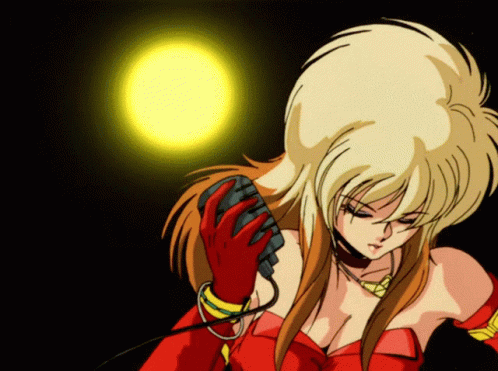
Those are mostly sung by the four main heroines of the story, and they reflect their personalities:
-
the songs sung by Michie Tomizawa (Linna) are usually a kind of future funk with some rock aspects in keeping with the character's very energizing, peacemaker attitude,
-
Yoshiko Sakakibara's songs are mostly blues to better reflect Sylia's more adult, laid-back and deep personality (she's the character who's the most explored in the entire story),
-
Akiko Hiramatsu's very innocent and basic pop songs are all about how childish, innocent and straightforward Nene is, to the point of clumsiness,
-
and last but not least, Kinuko Oomori's rebellious and impulsive Priscilla is reflected in all of her shades through very rock/hard rock-oriented tracks, including some very poignant power ballads.
To be noted also the two songs starring Maiko Hashimoto, whose character, Reika, was originally supposed to replace Priscilla but ended up being only a guest character after the decision to kill off Priscilla led to heavy discontent among the fans of the series. Outside of the solo character tracks, a few guests also appear, like Yuiko Tsubokura, BlueW, as well as “idol unit”-type songs starring the four heroines singing altogether in order to avoid legal troubles after Kinuko signed a contract with Sony.
Personally, I'm a huge fan of Kinuko's songs and voice tone, which is very unlike what you'd find normally in anime, while Michie Tomizawa turns out to have great sleeper hits like Route California or Mayonaka no Etoile, and Sakakibara's songs bring a more cozy ambience filled with romanticism. To say that I don't listen to the soundtrack frequently would be a lie and it definitely has an amazing lasting appeal and good scope.
As the episodes go on, the storytelling of BGC becomes more developed and mature, and the heroines show more of their past and personalities. The emotional tones and themes of the episodes, while dark overall, show a certain amount of variety, going from heroism, to bloody rampages and vengeance stories, to cute Slice of Life aspects, to civilians having their lives destroyed due to the dark manipulations of Genom, only to end with episode 8 on a brighter and more hopeful tone with the fierce CHASE THE DREAM as ending theme. It is such a shame that the series became victim of legal and financial troubles and had to be cancelled after episode 8, creating loose ends.
Phew, that was a long one, right? Overall, beyond any eventual “laziness” that one could find in Bubblegum Crisis and while the work is not inhabited by a particularly deep story, it is undeniable that the product was made with a particular care, by people who loved the project and the craft and injected their passion into it. BGC is definitely a crystallization of the energy and enthusiasm of the 80s and it is obvious why the work became a classic oldie in the landscape of Japanese animation. You might say the grade is a bit exaggerated considering the flaws but I still think this anime as a whole is greater than the sum of its parts and a must see. Come on, let's go smash some boomers together!
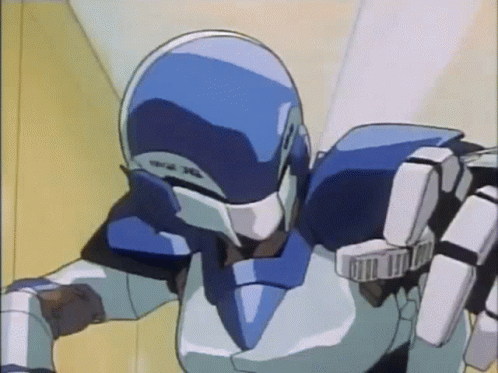

InkSpider
70/100Sweet and tasty, but lacking in nourishment.Continue on AniListPremise:
Four cool and cute vigilante ladies with power-armor fight evil robots while a uselessly heterosexual cop makes passes at their leader and embarrasses himself.
The Positive Side:
Bubblegum Crisis leaves nothing to be desired on the visual front. The animation is gorgeous and expressive and delivers that kind of texture that only the best of pre-digital anime provides. While the music very much sounds and feels like a product of the 80's, this isn't a negative. You can feel the passion and polish put into the original songs, and unless you categorically hate all 80's music for some reason, it's hard not to find the performances at least a little bit charming.
The four members of the Knight Sabers feel very much like distinct and likeable people. Their behavior is consistent enough to sell their defined traits, but we see them in enough different situations, giving according reactions, that they don't feel limited to two-dimensional traits. Priss feels more like a woman we can believe in because we see how she behaves when she's fucking up the evil robots, or getting her shit kicked in, or blowing off the annoying advances of Officer Fuckboi, or recovering from the injuries of a prior encounter.
Also, while this is pretty thoroughly an issue of personal taste, I don't think I could give a proper show of appreciation for Bubblegum Crisis without mentioning that I appreciate a combat-centric anime allowing its women to be unquestionably combat capable. So many battle anime released far later than BC have insisted on making their women pushovers who rely on men to bail them out, so seeing women who are perfectly capable of winning their own battles is a breath of fresh air.
The Negative Side:
As much as I would love to hold up Bubblegum Crisis as a beacon of sapphic anti-capitalist revolution decades ahead of its time, its themes are severely undercooked. We are shown early on that corporations are evil as fuck, and cool, that's a cyberpunk standard and a fine thing to say about the world. The problem is that after showing that Genom fucking murders people, we get this dumbfuck monologue in the last episode where Sylia explains into the camera that the solution to evil corporations is to make sure they continue to exist but like... don't... expand too much. Because something something balance. You can't just overthrow the murder-robot corporation, where would we get out smartphones and Playstations? Huh? Nobody in BC has smart-phones anyways? Oh well. Centrist liberalism is a pretty damn lame conclusion for a cyberpunk story to land on, in any case.
The nature of the robots is another thing that feels like its just a little bit undercooked. We get the idea about halfway through that sometimes Boomers aren't just killer machines, they are capable of being people who yearn for freedom and human rights and are capable of love... as long as they're cute girls. And only if they're cute girls. No robots who are not also cute girls ever show any sympathetic qualities. I'm not gonna say I dislike a show having cute robot lesbians--in fact every show would be instantly better with the inclusion of cute robot lesbians--but the implication that personhood is available only to the attractive is pretty gross. Further, once the Cute Robot Lesbian arc is over the show seems to lose all interest in doing anything further with the idea that Boomers are an oppressed people seeking liberation.
Also Sylia's teenage brother watches her undress against her will repeatedly. Like. That doesn't connect to any greater scale over-arching issue but holy shit it is uncomfortable, unfunny and unsexy, and I sure do wish it wasn't there.
Final Verdict:
There are much worse uses of your time than watching Bubblegum Crisis. It's not a master-piece and it's not nearly as thought-provoking as it very easily could have been, but if you like badass ladies, 80's animation or fun scifi action scenes, Bubblegum Crisis is definitely worth a look.
...Dirty Pair is better though lmfao.
SIMILAR ANIMES YOU MAY LIKE
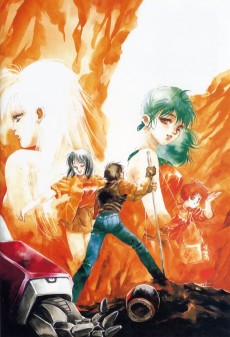 OVA ActionMegazone 23
OVA ActionMegazone 23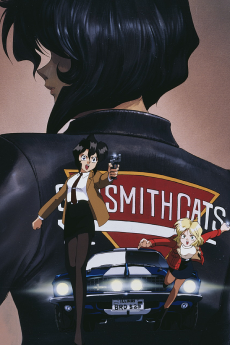 OVA ActionGunsmith Cats
OVA ActionGunsmith Cats ANIME ActionDirty Pair
ANIME ActionDirty Pair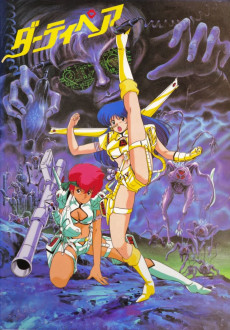 MOVIE ActionDirty Pair (Movie)
MOVIE ActionDirty Pair (Movie)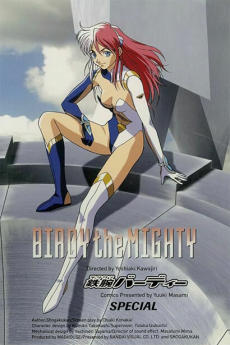 OVA ActionTetsuwan Birdy
OVA ActionTetsuwan Birdy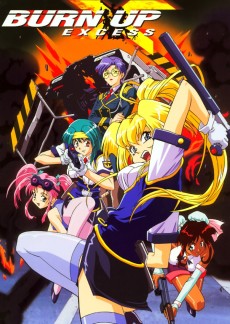 ANIME ActionBURN-UP EXCESS
ANIME ActionBURN-UP EXCESS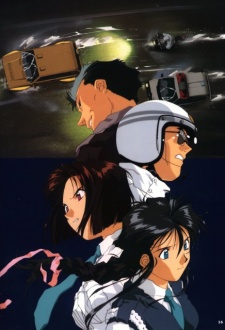 OVA ActionTaiho Shichauzo
OVA ActionTaiho Shichauzo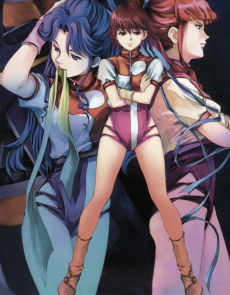 OVA ActionTop wo Nerae! GunBuster
OVA ActionTop wo Nerae! GunBuster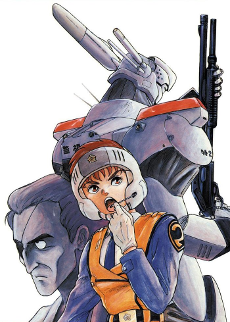 OVA ComedyKidou Keisatsu Patlabor
OVA ComedyKidou Keisatsu Patlabor
SCORE
- (3.5/5)
MORE INFO
Ended inJanuary 30, 1991
Main Studio AIC
Trending Level 1
Favorited by 300 Users

